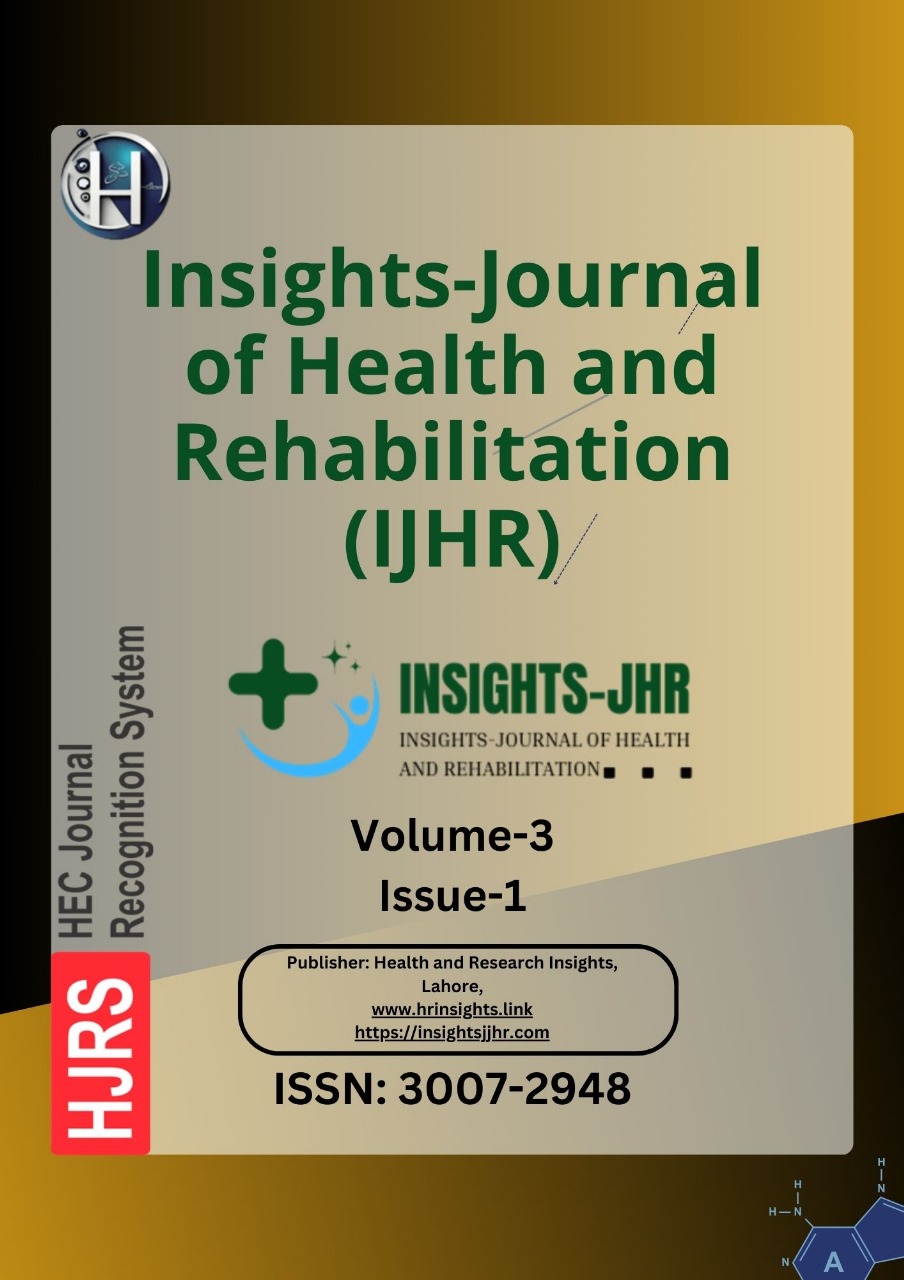VIRTUAL REALITY REHABILITATION VERSUS TASK-ORIENTED TRAINING FOR IMPROVING DYNAMIC BALANCE AND GAIT AMONG PARKINSON’S DISEASE PATIENTS
DOI:
https://doi.org/10.71000/v7db6p61Keywords:
Balance, Gait, Parkinson Disease, Rehabilitation, Task-Oriented Training, Virtual Reality RehabilitationAbstract
Background: Gait and balance are significant complained in patients with Parkinson’s disease (PD) which decrease their movement capability and life quality. Two innovative therapeutic modalities reported to provide better functioning in PD are virtual reality (VR) and task-oriented training (TOT).
Objective : To determine effect of virtual reality rehabilitation versus task-oriented training for improving dynamic balance and gait among parkinsons disease patients
Material and methods : This was comparative randomized controlled trial . Allied hospital Civil hospital Faisalabad Moeen physiotherapy clinic were utilized as study setting .Diagnosed PD patients (Hoehn and Yahr stages 2–3) aged 50–70 years were included. Exclusion criteria was patients with severe dementia or other neurological abnormalities. Sample Size was 28. Group A undergo VR-based sessions vs Group B participants were given task-oriented training Berg Balance Scale (BBS) and Timed Up and Go Test and Functional Gait Assessment (FGA) used as assessment tools. Statistical analysis performed by SPSS version 21.
Results : Demonstrated BBS Score was 48.9 ± 2.9 with p score 0.03 FGA Score 23.3 ± 2.1 with p score 0.04 and 12.0 ± 1.4 TUG score with p value 0.02 among group A and group B revealed BBS Score was 46.3 ± 3.0 FGA Score was 21.7 ± 2.4 12.9 ± 1.6 was TUG score. Group A revealed more significant results as compared to group B.
Conclusion: Both intervention groups revealed significant improvement after treatment but virtual reality training group showed more improvement on balance and gait among parkinsonism patients as compared to task oriented group.
Downloads
Published
Issue
Section
License
Copyright (c) 2025 Suneeta Tariq, Anum Kabir, Hifza Riaz, Hafiz Muddassir Riaz, Bisma Riaz, Syed Nasir Ali Shah, Aimon Rizwan (Author)

This work is licensed under a Creative Commons Attribution-NonCommercial-NoDerivatives 4.0 International License.







